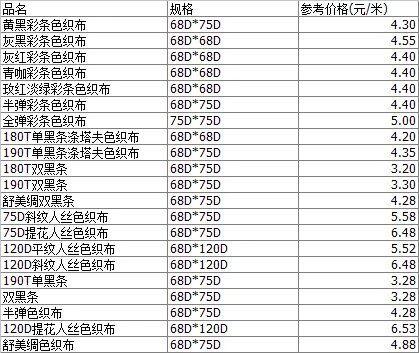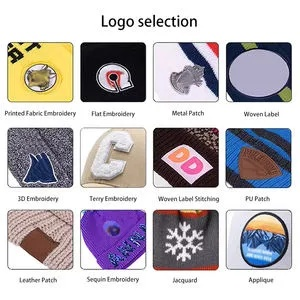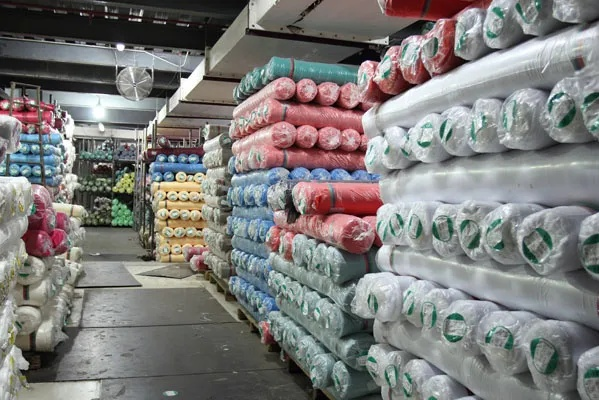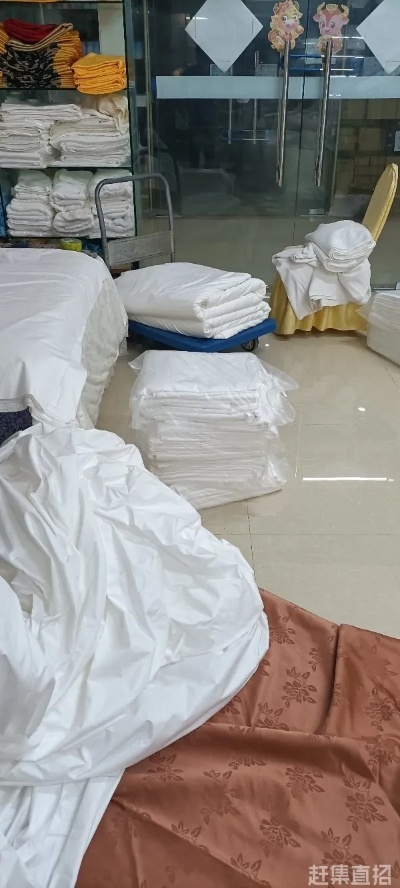The Multifaceted Fabric of Home:An Exploration of Domestic Textile Forms
"The Multifaceted Fabric of Home: An Exploration of Domestic Textile Forms" explores the intricate and diverse nature of domestic textiles. This study delves into the various forms and styles of domestic textiles, highlighting their significance in shaping the aesthetics and functionality of household spaces. The analysis examines both traditional and contemporary textile materials, exploring their origins, historical evolution, and current uses within domestic settings. Additionally, the research highlights the cultural and social influences that shape the design and selection of domestic textiles, providing insight into how these materials reflect and reinforce societal norms and values. Overall, this paper provides a comprehensive overview of the multifaceted fabric of home, offering a deeper understanding of the role that domestic textiles play in shaping our daily lives.
Home is where the heart is, and textiles play a crucial role in the aesthetics and functionality of our living spaces. From the softness of a cozy blanket to the durability of a sturdy rug, domestic textiles come in a variety of forms that cater to different needs and preferences. In this essay, we will delve into the diverse composition of household textiles, exploring their origins, classifications, and how they enhance the overall atmosphere of a home.
Origins and Materials Textiles are derived from a wide range of materials, each with its unique properties. Wool, for instance, is prized for its warmth and breathability, making it ideal for winter bedding. Cotton, on the other hand, is soft and absorbent, making it popular for linens and towels. Polyester, another common material, is strong and resistant to wear, making it suitable for upholstery and outdoor fabrics.
Classifications Textiles can be broadly categorized into two main groups: those intended for indoor use and those designed for outdoor use.
Indoor Textiles
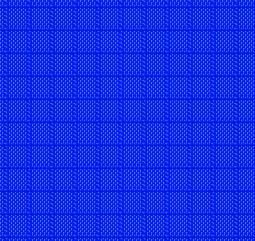
- Cloth Bedding: This category includes sheets, pillowcases, and duvets. They are designed to provide comfort and warmth during sleep.
- Decorative Textiles: These include curtains, wall hangings, and throw pillows. They add color and texture to a room, enhancing its aesthetic appeal.
- Carpets and Rugs: These are used to cover floors and provide a soft surface for footfall. They also serve as an anchor for furniture placement.
- Towels and Linens: These are essential for daily cleaning and hygiene. They come in various sizes and colors to suit individual preferences.
- Draperies: These are used to control light and privacy in rooms. They come in various styles and materials to match decor.
Outdoor Textiles
- Garden Furniture Covers: These protect outdoor furniture from weathering and damage.
- Outdoor Carpets: These are designed to withstand harsh conditions like rain, snow, and UV rays.
- Sportswear: These are made from durable materials like polyester or nylon, perfect for activities like hiking or cycling.
- Swimming Pool Covers: These provide protection for swimming pools while allowing water to drain easily.
- Patio Covers: These shield outdoor spaces from the elements while providing shelter and shade.
Case Studies One example of indoor textiles that perfectly illustrate the diversity of domestic products is the collection of woolen blankets sold by the company "Cozy Earth." These blankets come in a variety of sizes and colors, catering to different sleeping preferences and room decors. Another notable example is the linen collection by "Breezy Bliss," which features luxuriously soft towels and linens that are not only practical but also stylish, adding a touch of elegance to any bathroom.
Conclusion Textiles form the backbone of every home, shaping the atmosphere and creating a comfortable environment for living. By understanding their origins, classifications, and how they enhance the overall atmosphere of a home, one can appreciate the importance of these everyday items. Whether you're looking for cozy blankets, beautiful curtains, or durable outdoor covers, there's a textile out there to meet your needs. So next time you're shopping for new textiles, remember that the beauty of home lies not just in the walls but also in the threads that make them come together.
家用纺织品作为家居装饰的重要组成部分,其构成形式多样,涵盖了各种材质、图案和功能,本文将通过表格和案例分析,详细阐述家用纺织品的构成形式及其特点。
家用纺织品构成形式概述
- 传统面料:包括棉、麻、丝绸等天然纤维面料,以及合成纤维面料。
- 装饰性面料:包括印花面料、织物艺术面料等,用于家居装饰和美化空间。
- 功能性面料:包括防滑、透气、吸音等特殊功能面料,满足不同家居需求。
案例分析
传统面料案例
(1)天然纤维面料:例如纯棉床单、亚麻窗帘等,以其舒适、透气、环保等特点受到消费者喜爱。
(2)合成纤维面料:例如涤纶窗帘、尼龙地毯等,具有抗皱、易清洗等优点。
装饰性面料案例
(1)印花面料:例如图案丰富的印花床单,能够提升家居美观度。
(2)织物艺术面料:采用特殊工艺和技术,打造出具有艺术感的家居装饰品。
家用纺织品构成形式的具体形式
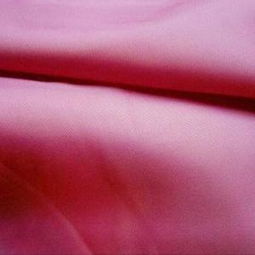
传统面料构成形式示例
(1)面料类型:纯棉面料,具有柔软舒适、吸湿性好等特点。
(2)工艺处理:采用手工织造、机器织造等多种工艺方法。
(3)应用场景:适用于卧室、客厅等家居环境。
装饰性面料构成形式示例
(1)印花面料构成形式:采用先进的印花技术,将图案印在面料上,提升家居美观度。
(2)织物艺术面料构成形式:采用特殊纹理和图案设计,打造出具有艺术感的家居装饰品,采用抽象几何图案、自然纹理等设计元素,为家居增添一份自然和艺术气息。
家用纺织品特殊功能面料的应用与案例分析
特殊功能面料的应用案例分析
(1)防滑面料:应用于浴室地面、厨房台面等易滑区域,提高家居安全性,采用特殊防滑材料和技术,制作出具有防滑功能的浴室地面地毯。
(2)透气性面料:适用于夏季高温环境,提高家居通风和舒适度,采用透气性好的纤维材料,制作出透气性好的窗帘和床单等家居用品。
案例分析总结
通过上述案例分析可以看出,家用纺织品构成形式多样,涵盖了各种材质、图案和功能,特殊功能面料的应用越来越广泛,如防滑、透气、吸音等功能性面料的应用,为消费者提供了更多的选择和便利,不同材质和图案的家用纺织品也满足了不同消费者的需求和喜好。
Articles related to the knowledge points of this article:
